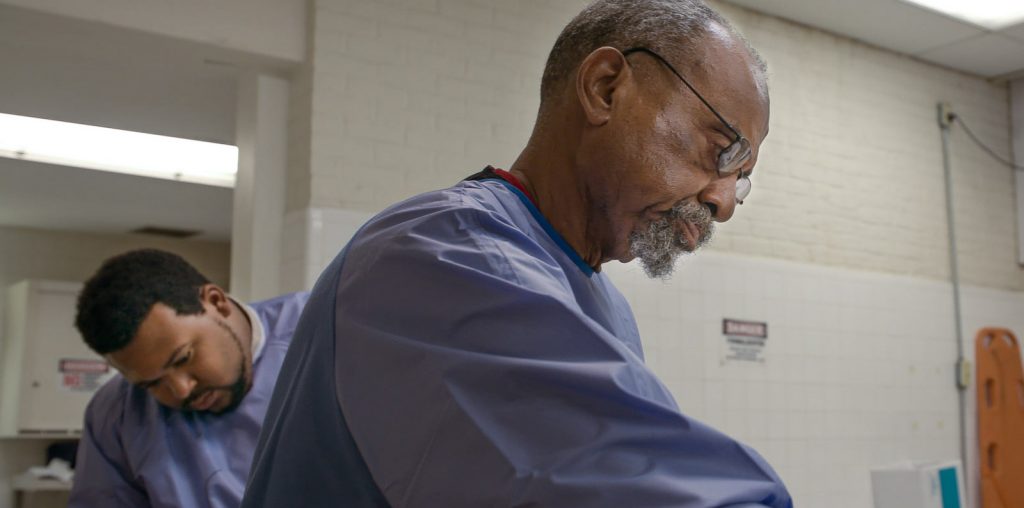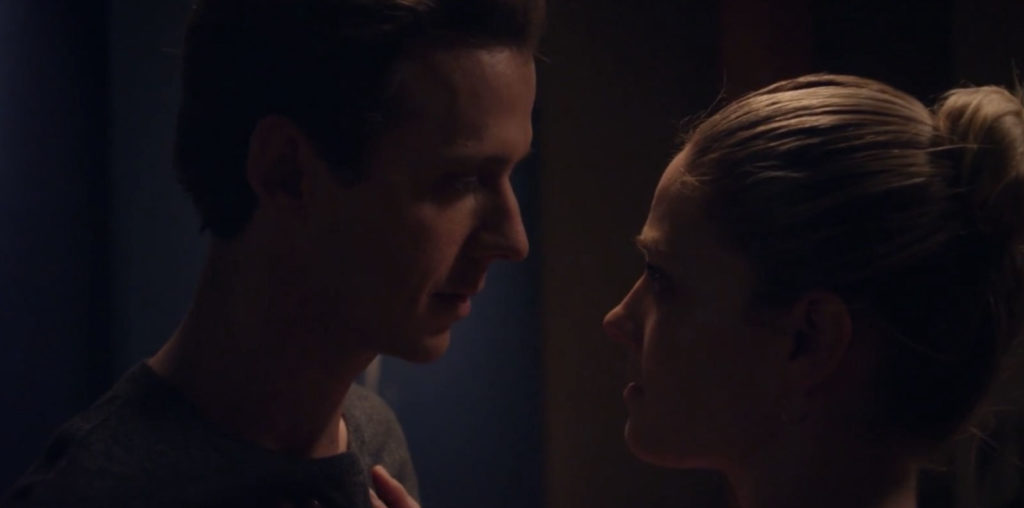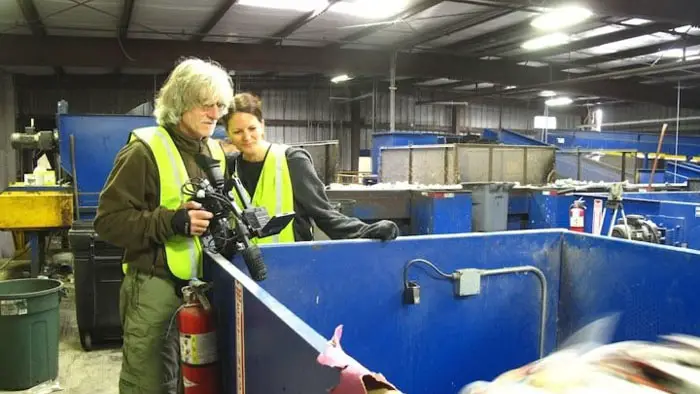
Since its theatrical release last December, a few of the film’s detractors have tried to convince me of the perceived error of my ways, but my admiration for Paul Thomas Anderson’s Magnolia remains stronger than ever. Even after a number of repeat viewings, this ambitious, audacious film tracing an eventful day in the lives of dysfunctional Valley denizens has lost none of its impact. In fact, repeat viewings have only enriched the experience, for there are so many things to reexamine and savor: the superb performances; the broad, bold moments of emotional catharsis; that much-talked-about Exodus 8:2 theme–for a start.
Return visits to Magnolia are not only encouraged, but, rather, required by New Line’s long-awaited DVD edition of the film. The 2.40:1 anamorphic transfer, supervised by Lew Levinson and Anderson himself, preserves the striking colors of Robert Elswit’s photography. The film also sounds great, regardless of how high- or low-end your system is, all the better to enjoy Jon Brion’s orchestral score and Aimee Mann’s song contributions. The presentation of the film itself limits itself to the basic essentials; there are English subtitles and closed captions, but no foreign language tracks or subtitles. However, while the film is one that should only be seen from beginning to end, the barebones number of chapter stops–12–is way too few for a film that clocks in at over three hours.
Magnolia is being released under New Line’s “Platinum Series” label, and the set certainly looks deluxe. The two discs–one for the film, one for the supplements–come in the cardboard slipcase-and-foldout packaging that is now commonly referred to as the “Fight Club package.” The difference here is in design and durability: the cardboard is glossy and thick; the slipcase has an embossed magnolia flower, and the images on the foldout and the discs themselves are similarly elegant in their simplicity.
Although this set has a disc entirely devoted to supplementary material, the amount of supplements is curiously, disappointingly low. Fans of the film hoping to see the excised “Worm” subplot will be disappointed; the only deleted scenes featured, showing chauvinistic self-help guru Frank T.J. Mackey (Tom Cruise) as he actually uses his “Seduce and Destroy” technique, are incorporated into a two-minute “seminar” snippet that also includes material from the release cut. The Seduce and Destroy TV commercial, which has aired on late night cable as an “unofficial” promo for the film, is presented separately from the other promotional items: the theatrical teaser, trailer, and all the TV spots (including an understandably unused one that reveals a bit too much about the film’s climax). Other extras are the Anderson-directed video for Mann’s Oscar-nominated tune “Save Me,” shown in full widescreen glory, no less; and an amusing 8-minute outtake reel that is hidden on both discs.
Anderson had gone on record that he didn’t want to do a running commentary for the film (he wants the film to speak for itself), and he held to his word. However, there is a sort-of substitute in That Moment, which about singlehandedly makes up for the scant array of extras. That Moment , contrary to its description on the packaging, is no simple “making-of” documentary. It’s a wide-spanning video “diary” that traces everything Magnolia from preproduction in 1998 to the 2000 Berlin Film Festival, where it won top honors. Anderson gave director Mark Rance extensive access, capturing not only areas related to the film’s production and promotion (meetings, the shoot–even the premiere and press junket), but also Anderson’s life in general, including some cozy (and, it must be said, bizarre) moments between him and girlfriend Fiona Apple. The resulting 75-minute film is an fascinating look into Anderson’s work process and personality, and its intriguingly unguarded nature speaks more about him and the film than any commentary or conventional behind-the-scenes documentary ever could. (Or, for that matter, press kit materials and talent files, which are not included anywhere on these discs.)
Specifications: 2.40:1 anamorphic widescreen; English 5.1 Surround; English Dolby Surround; English subtitles; English closed captioning.


